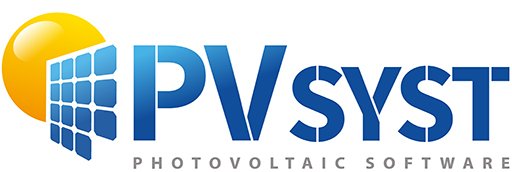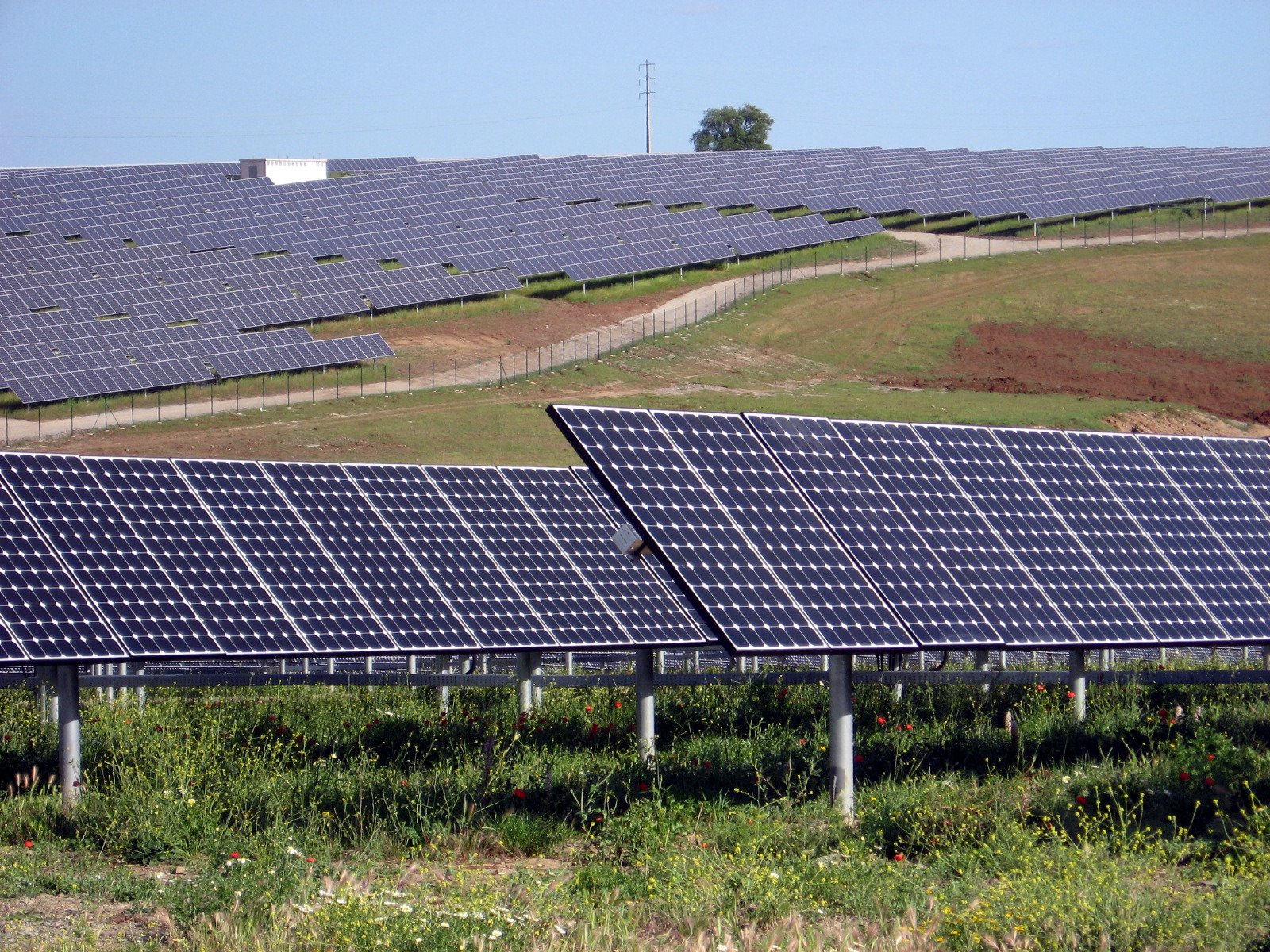-
Posts
887 -
Joined
-
Last visited
Everything posted by dtarin
-

Tracking mode electrical losses. Bactracking algorithm
dtarin replied to tecnun's topic in Simulations
Diffuse light, partially or in total. Edit: probably coming from diffuse and albedo light https://forum.pvsyst.com/viewtopic.php?f=30&t=694 https://forum.pvsyst.com/viewtopic.php?f=30&t=2522 -
Indeed, I would agree as well.
-
Typically it's best to use the latest manufacturer OND file where possible, and as previously stated, check it against the datasheet. Although less common compared modules, a third-party verified OND file would be most preferable.
-

Tracking mode electrical losses. Bactracking algorithm
dtarin replied to tecnun's topic in Simulations
If you are using 4.9m pitch as the backtracking, I dont think there should be any shading losses. You will be underpredicting your irradiance gain for the 5.5m block, but you should at least not have any electrical effect losses. I am modeling in 7.2.6 and tested a site in North America to confirm. See attached. You can likely do the same check on your end to see if your results are the same. Set the backtracking pair for each block and run the shading analysis in the shade scene to check if there are any electrical losses. -

Tracking mode electrical losses. Bactracking algorithm
dtarin replied to tecnun's topic in Simulations
That is the issue I think. Have you used backtracking management to set the tracker pair which determines the backtracking algorithm? You should model these two blocks separately so each has the appropriate backtracking algorithm, as they will be commissioned this way (or at least they should be). If you insist on modeling together, try using the 4.9m pitch block as the reference for the backtracking algorithm under backtracking management and see what your results are. -

Tracking mode electrical losses. Bactracking algorithm
dtarin replied to tecnun's topic in Simulations
Are you modeling it this way in PVsyst (in the shade scene), where 1/3 plant has 5.5m pitch and 2/3 has 4.9m pitch? -

Tracking mode electrical losses. Bactracking algorithm
dtarin replied to tecnun's topic in Simulations
Are you comparing production data from two different plants? They should be commissioned with different backtracking parameters to account for the difference in pitch and shading. Have you compared the tracking angles reported from the trackers? -

Huawei Optimizers and individual panel optimization
dtarin replied to egidijus2's topic in PV Components
In previous forum replies on the subject, optimizers must come from the manufacturer and they need to coordinate with PVsyst to add to the software. -
I believe it is done in order. Given the way the software calculates soiling loss, I dont think the difference is significant. Soiling takes an average monthly loss and applies it equally to each hour. In reality, soiling is more variable and non-uniform (both on module level and plant level). IAM loss also is more complex than how it is implemented in software, given as you said, the reflectivity of the light will be impacted by the material(s) present on the modules. Since the software is only accounting for the reflectivity of the glass and not accounting for reflectivity due to material on the modules, maybe that is why it takes IAM first and then takes soiling. You can output all of the variables and determine what the difference would be if you reversed the order using the global soiling and IAM ratios. In my test (SAT in MD), there is a negligible difference. In default order, total irradiance after soiling is 2001.016 W/m^2 (shading > IAM > soiling). Swapping IAM and soiling, total irradiance is 2001.017 W/m^2 (shading > soiling > IAM). Maybe for a fixed tilt system and depending on location, you could get a higher discrepancy, but mathematically, I don't think it is significant in most cases.
-

Supplement Shading Losses in Soiling Losses
dtarin replied to SolarWinds's topic in Shadings and tracking
On an hourly basis, no. Shading losses vary hourly and seasonally. Soiling cannot mimic this. On a yearly basis, if you want to apply an additional n% loss, you can use a number of ways. Increasing soiling according to the season and doing a trial an error approach to achieve your target is one way. A higher additional loss in winter compared to summer would capture some of the seasonality. -
It will depend on your weather file. If you are using a standard TMY file (CPR, SolarGIS, etc), it will be a P50 result.
-
Hello, It would be helpful under the backtracking management menu in the shading tools if the tilt was shown for each tracker, and off to the left, the average tilt for the entire system. It would save some steps by eliminating the need to export the data to excel to calculate the average, and then spend time trying to find a tracker that matches by clicking one at a time to see the tilt.
-
I had the same observation when 7.0 first released. https://forum.pvsyst.com/viewtopic.php?f=4&t=4936&hilit=import+project
-
Select Report > Tables > E_Grid hourly averages Select on the right: Values - Hourly averages
-

Does BkGlobInc variable include Rear Side Shading loss?
dtarin replied to sneakypete92's topic in Shadings and tracking
Only shows for beam component. -

Does BkGlobInc variable include Rear Side Shading loss?
dtarin replied to sneakypete92's topic in Shadings and tracking
There is also an IAM loss accounted for in GlobBak. -

Near shadings with East/West configuration
dtarin replied to bertrand's topic in Shadings and tracking
Is the surface you are placing them on flat? Is there sufficient spacing between modules so they dont overlap? you can place them on a flat surface, then move them over and onto the roof. -

Backtracking on a flat E-W inclined plane
dtarin replied to m.marchi's topic in Shadings and tracking
Backtracking is based on sun height/angle for the site's location. It does not backtrack according to terrain conditions. Check your results with irradiance optimization checked under orientation menu to see if that helps. -
It works in 7.2.6.
-
You can open multiple instances of PVsyst. I wouldnt work on the same variant you have running, but other variants and projects work just fine.
-
Manually calculate PR and include the rear-side irradiance with the front-side irradiance.
-
+1 Sub-hourly clipping is missing from PVsyst estimates, which can be non-trivial
-
Tilt 90 Azimuth -90 to face east, 90 to face west Collector bandwidth is length of module Not sure on rear side shading losses
-
I assume you are modeling them four in height? So 4x20, 4x10, 4x5? This is one misalignment between PVsyst and PV plant design; PVsyst doesnt have a way to model fixed tilt with terrain or as-built table sizes and proper partition sizing, leading to an underestimation of electrical shading losses. In your case, I would model as follows: 4x20 Table - 4 h x 1 w partition 4x10 Table - 2 h x 1 w partition 4x5 Table - 1 h x 1 w partition If half-cell module, 100% electrical effect; if full-cell, maybe less than 100% (when oriented landscape). PVsyst should really work on this shortcoming in the software, as it has been present for years. Allowing and calculating for fractional partitions could be a short term fix.
-
Hi Scott, I would recommend to first search the forum, as there are years of questions already answered that may be the same as yours. The PVsyst youtube account also has some basic, introductory content. https://www.youtube.com/c/PVsystTutos/videos

